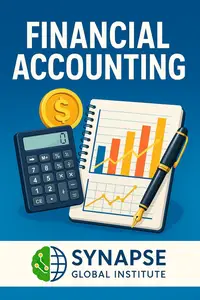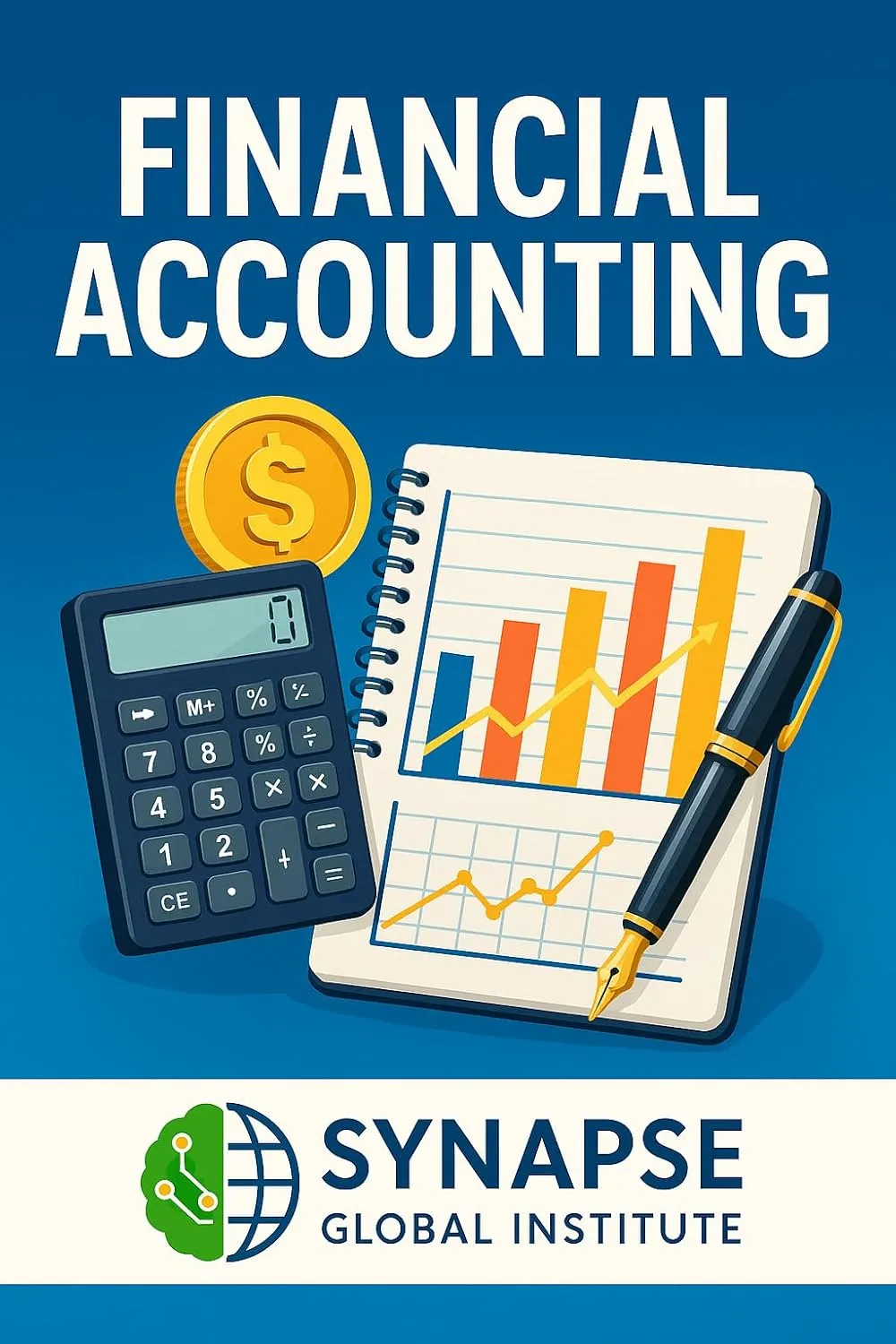Financial Accounting by Synapse Global Institute
English | January 21, 2025 | ISBN: N/A | ASIN: B0DTNX2SMS | 306 pages | EPUB | 0.76 Mb
English | January 21, 2025 | ISBN: N/A | ASIN: B0DTNX2SMS | 306 pages | EPUB | 0.76 Mb
PAPER NO. 1: FINANCIAL ACCOUNTING provides a foundational guide to the principles and practices of financial accounting. Tailored for aspiring accountants, business professionals, and students at the entry level, the book bridges theoretical concepts with practical applications, equipping readers with the skills to prepare, analyze, and interpret financial statements.
The book begins with the nature and purpose of accounting, explaining its importance in decision-making and its role in financial reporting. It introduces key concepts, including the accounting equation, the double-entry system, and the classification of users of financial information. These fundamental principles lay the groundwork for mastering the accounting process, which includes source documents, books of prime entry, ledgers, and trial balances.
Aligned with international accounting standards (IAS/IFRS), the book delves into accounting for assets and liabilities, covering tangible and intangible assets, inventory, receivables, payables, and financial instruments. Learners gain insights into the preparation and presentation of financial statements for different entities, including sole proprietorships, partnerships, companies, manufacturing entities, and not-for-profit organizations. Each type of entity is examined in detail, with examples illustrating unique requirements such as partnership changes, admission and retirement of partners, and public sector financial reporting.
Special attention is given to error correction and incomplete records, where learners are guided through identifying and rectifying errors in source documents, books of prime entry, ledgers, and trial balances. The book also demonstrates how to prepare financial statements from incomplete information, a vital skill for handling real-world accounting challenges.
A significant feature of the book is its focus on financial statement analysis. By exploring liquidity, profitability, efficiency, and cash flow ratios, learners develop the ability to assess an entity’s financial health. The book also introduces the essentials of public sector accounting, covering budgeting, accruals, and fund accounting, ensuring learners understand the distinct features of governmental financial management.
Each chapter includes illustrative examples, tables, and diagrams, simplifying complex topics for easy comprehension. Real-world case studies provide context, while assessment questions reinforce learning and support exam preparation. The book’s practical approach ensures readers are well-prepared for professional accounting scenarios and regulatory compliance.
This book is ideal for students pursuing foundational accounting qualifications, professionals seeking to enhance their knowledge, and individuals preparing for professional exams. With its structured approach, practical examples, and alignment with global standards, PAPER NO. 1: FINANCIAL ACCOUNTING equips learners with the confidence and competence to succeed in the dynamic field of accounting.



